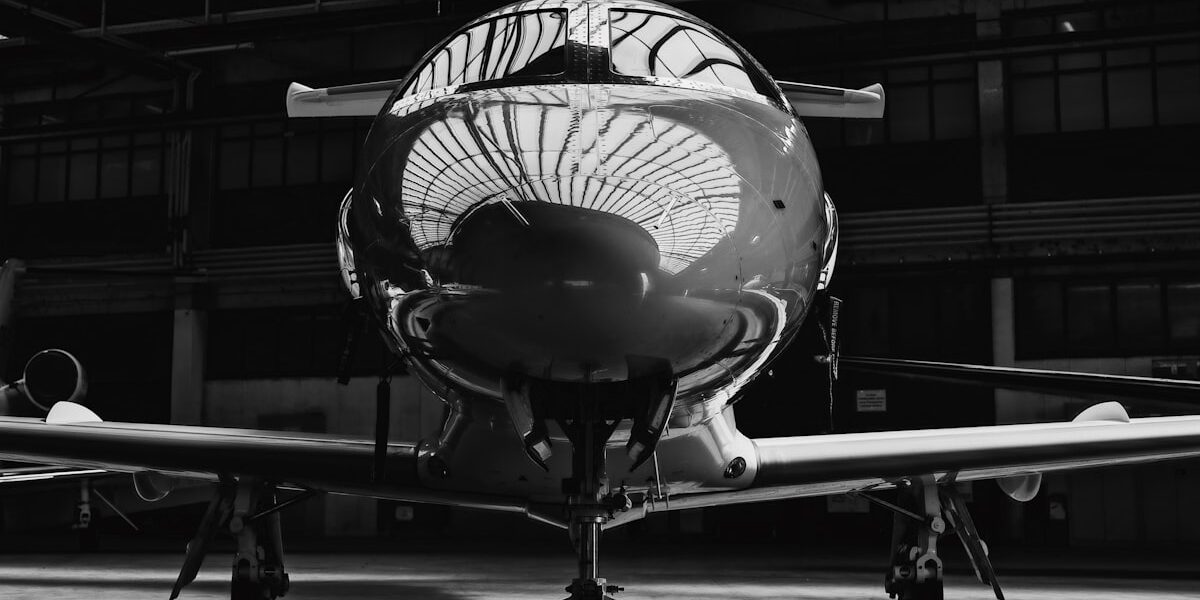The Importance of Hangar Security Systems
Hangar security systems are vital for maintaining the integrity and safety of aviation assets. Aircraft hangars house highly valuable equipment and aircraft, making them potential targets for theft, vandalism, and sabotage. A robust security system ensures these assets are protected. Additionally, aviation regulations often require high security standards, making compliance a legal obligation.
Types of Hangar Security Systems

Several types of security measures can be implemented in hangars, each with its specific function.
Surveillance Cameras
Surveillance cameras are fundamental. They provide real-time monitoring and record activities within and around the hangar. Modern systems often include high-definition video, night vision capabilities, and remote access. This allows security personnel to monitor the hangar from any location.
Access Control Systems
Access control systems restrict who can enter different areas. This includes card readers, biometric scanners, and PIN systems. These systems ensure that only authorized personnel have access to sensitive areas, reducing the risk of unauthorized entry.
Alarm Systems
Alarm systems alert security teams of potential breaches. They can detect unauthorized entry, fire, or other emergencies. Immediate responses can mitigate risks and prevent damage. Advanced systems integrate with surveillance cameras and access control systems for a comprehensive security solution.
Physical Barriers
Physical barriers such as fences, gates, and bollards provide the first line of defense. These barriers deter unauthorized access and delay intruders, giving security teams more time to respond. Reinforced hangar doors and locks further enhance physical security.
Enhancing Security Through Technology
New technologies are constantly advancing hangar security systems. Innovations in artificial intelligence, machine learning, and data analytics offer more efficient and effective security solutions.
Artificial Intelligence and Machine Learning
AI and machine learning improve surveillance systems by identifying unusual activities or behaviors. These technologies can analyze video feeds in real-time and flag potential threats, allowing security personnel to respond quickly. Predictive analytics can also forecast potential security breaches based on historical data.
Integration of IoT Devices
The Internet of Things (IoT) connects various security devices, creating a cohesive and interconnected system. IoT devices, such as smart lights, sensors, and cameras, provide a comprehensive overview of the security landscape. Integrated systems can automate responses to potential threats, ensuring a swift and coordinated reaction.
Enhanced Communication Systems
Modern communication technologies enable better coordination among security personnel. Encrypted communication ensures that sensitive information remains secure. Real-time communication tools allow for instant alerts and responses, improving the overall efficiency of security operations.
Training and Awareness
Security systems are only as effective as the people using them. Proper training and awareness are crucial for maintaining high security standards. Staff should be well-versed in security protocols and procedures. Regular training sessions and drills ensure that everyone knows how to respond in a crisis.
Security awareness programs help staff recognize potential threats and understand the importance of security measures. Encouraging a culture of security within the organization helps in early detection and prevention of security breaches.
Regulatory Compliance
Compliance with aviation security regulations is a legal requirement. Regulatory bodies have strict guidelines to ensure the safety and security of aircraft and related infrastructure. Non-compliance can result in penalties, legal action, and reputational damage.
Security systems should meet or exceed the standards set by regulatory bodies. Regular audits and assessments help ensure compliance and identify areas for improvement. Staying updated with regulatory changes is essential for maintaining compliance.
The Economic Impact
Investing in hangar security systems has significant economic benefits. The cost of a security breach can far exceed the investment in a robust security system. Protecting valuable assets prevents financial losses due to theft, damage, or downtime.
In addition to direct savings, strong security measures enhance confidence among stakeholders. Customers, investors, and partners are more likely to trust organizations that prioritize security. This trust can lead to increased business opportunities and long-term growth.
Future Trends in Hangar Security
As technology continues to evolve, so will hangar security systems. Emerging trends include the use of drones for surveillance, advanced biometric systems, and enhanced data analytics. These innovations promise to make hangar security more efficient and effective.
Drones
Drones offer additional surveillance capabilities. They can cover large areas quickly and access hard-to-reach locations. Equipped with cameras and sensors, drones provide a bird’s eye view, enhancing overall security coverage.
Advanced Biometric Systems
Biometric systems are becoming more sophisticated. Facial recognition, iris scanning, and voice recognition technologies offer higher security levels. These systems are more reliable than traditional access control methods, reducing the risk of unauthorized access.
Enhanced Data Analytics
Data analytics tools process large volumes of security-related data. These tools identify patterns and trends that may indicate potential threats. Predictive analytics can anticipate security breaches, allowing for preemptive measures. Continuous monitoring and analysis help in improving security protocols.
“`
Recommended Aviation Resources
Pilots Handbook of Aeronautical Knowledge – $25.42
Essential FAA handbook for every pilot.
Aircraft Owners Handbook of Maintenance
Keep your aircraft in top condition.
As an Amazon Associate, we earn from qualifying purchases.



